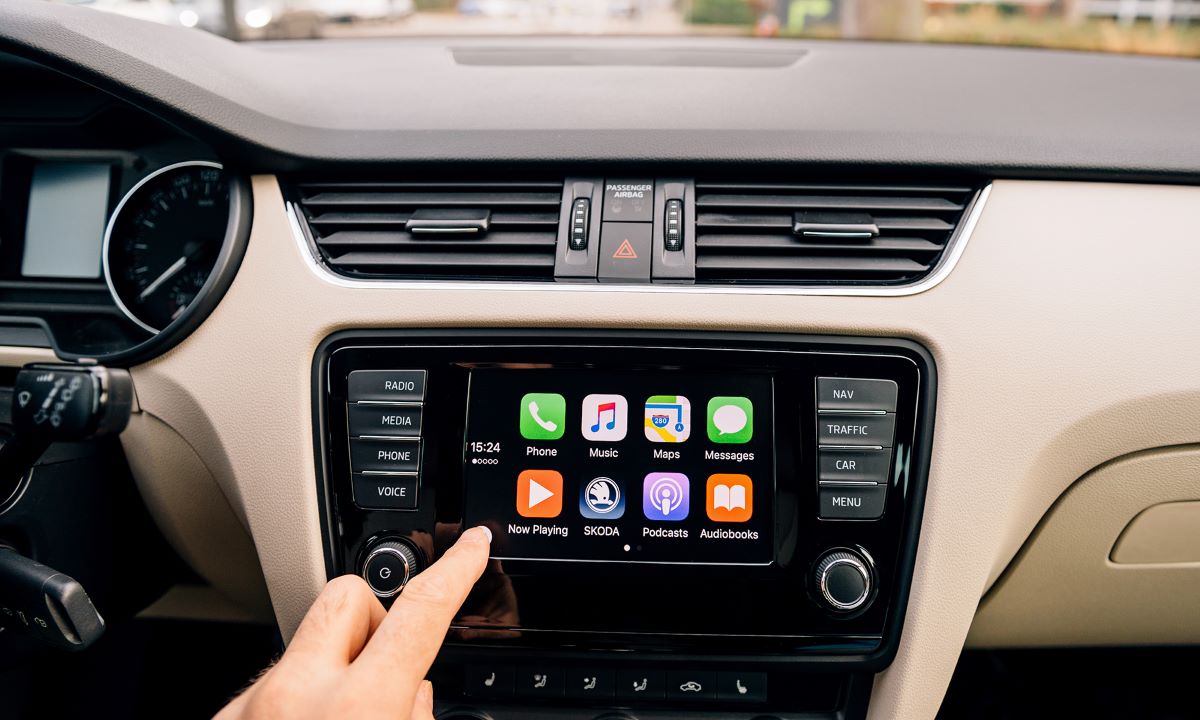The automotive and mobility sector has experienced a significant transformation in recent years, driven by evolving consumer behaviors and technological innovations, which have led to the rise of new business models.
Among these, car subscriptions have become a popular, flexible, and cost-effective alternative to traditional car ownership and leasing.
Looking ahead to 2025, car subscription models are expected to become an even more prominent feature of the mobility ecosystem, catering to the changing demands of both consumers and businesses.
What is a Car Subscription Model?
A car subscription is a service that enables customers to use a vehicle for a fixed monthly fee, which typically covers insurance, maintenance, and other related services.
Unlike conventional car ownership or leasing, subscriptions provide exceptional flexibility, allowing users to swap vehicles or modify their subscription terms based on their needs.
Car subscriptions usually bundle everything necessary for using the vehicle insurance, maintenance, registration, and even roadside assistance into one simple payment.
This is in contrast to traditional car ownership, where customers must handle each service separately.
For businesses offering car subscriptions, this model provides customers with a hassle-free and customizable option, while also generating a predictable revenue stream.
Subscription Principles in the Automotive and Mobility Industry
The rise of car subscription models reflects a broader trend within the automotive industry, where traditional mobility services are evolving to meet the changing demands of consumers.
Rental companies are increasingly offering long-term rental options that allow for flexibility in vehicle returns and swaps.
Similarly, leasing companies are adapting by offering shorter lease periods, with the possibility of changing vehicles during the lease.
This shift highlights a growing desire for on-demand, flexible mobility solutions that break away from the rigid commitments associated with traditional models.
These changes are blurring the lines between rentals, leases, and subscriptions. While each model remains distinct, they all now offer the same core benefit: the freedom to access a vehicle without a long-term commitment.
The flexibility in rentals and leases now mirrors the core principles of car subscriptions, where consumers can select, switch, and return vehicles based on their changing needs whether for a few weeks, months, or longer.
This transformation extends beyond car subscription providers; it is influencing the broader mobility sector.
Also Read: Top 10 Best Vintage Cars of All Time – Updated 2025
Automakers are also incorporating flexible features into their offerings, often combining vehicle access with services such as maintenance and insurance, which mirrors the subscription experience.
As the industry continues to evolve, the flexibility introduced in traditional models is becoming a key component of the broader trend toward more dynamic, customer-centric mobility solutions.
Key Features of Car Subscriptions in 2025
In 2025, car subscription models will evolve further, offering an array of new features that will appeal to both consumers and businesses:
- Customizable Options: Subscribers will have access to a wide selection of vehicles, from compact cars to luxury SUVs, and will be able to switch between models depending on their needs or preferences. Whether for a weekend trip or daily use, car subscription services will provide unmatched flexibility.
- All-Inclusive Pricing: The standard practice will be to bundle all vehicle-related expenses insurance, maintenance, registration, and even taxes into a single payment. This “all-in” pricing structure simplifies budgeting and removes the surprise costs often associated with car ownership.
- Technology Integration: With the continued growth of app-based platforms, managing a car subscription will become even more convenient. Users will be able to book vehicles, track usage, schedule maintenance, and even swap cars all through their smartphones.
- Sustainability: With the global push toward greener transportation options, car subscription services will increasingly offer electric vehicles (EVs), making it easier for consumers to access eco-friendly cars without the long-term commitment of ownership.
- Convenience: Expect seamless, contactless processes that allow for vehicle delivery and pick-up at the subscriber’s convenience. In certain markets, services may include at-home vehicle swaps, ensuring that consumers can quickly adjust their subscription to meet their evolving needs.

Why Car Subscriptions Are Gaining Popularity
Several key factors are driving the rapid adoption of car subscriptions:
- Economic Factors: In an era marked by economic uncertainty, inflation, and shifting consumer priorities, car subscriptions offer a compelling alternative to traditional vehicle ownership. With lower upfront costs and predictable monthly payments, subscriptions help consumers preserve their credit while still providing access to a vehicle.
- Consumer Preferences: Today’s consumers are increasingly prioritizing flexibility and access over ownership. Car subscriptions cater to this trend by offering a low-commitment, pay-as-you-go model that is ideal for those who need a vehicle for specific periods, whether for a few months or longer.
- Technological Advancements: The rise of mobile apps, telematics, and connected vehicles has made managing car subscriptions easier than ever. From vehicle tracking to convenient maintenance scheduling, technology plays a vital role in making the car subscription experience seamless for consumers.
- Sustainability Movement: As more drivers turn to environmentally friendly transportation options, car subscriptions featuring electric vehicles are becoming increasingly popular. This trend is expected to continue as automakers expand their EV fleets and incorporate them into subscription services.
The Role of Platforms like Loopit in 2025
Loopit is playing a crucial role in helping businesses leverage the car subscription model and scale their programs effectively.
The platform is designed to support a wide range of mobility services, from short-term rentals to long-term leases, while providing the flexibility needed to meet the specific requirements of each business.
Also Read: Why the Popularity of Diesel Trucks in the U.S. Is Still a Problem
For dealerships, OEMs, and fleet providers, Loopit offers an easy-to-use platform for fleet management, real-time tracking, and seamless customer interactions.
Additionally, Loopit provides data-driven insights that can help businesses optimize pricing and performance.
With features like recommended pricing and performance benchmarks, Loopit enables businesses to make informed decisions that improve both profitability and customer satisfaction.
Challenges and Considerations for the Car Subscription Model
Despite its many advantages, the car subscription model presents several challenges:
- Consumer Adoption: While subscriptions are gaining popularity, some consumers are still hesitant to adopt the model due to unfamiliarity or concerns about long-term value. Educating consumers about the benefits and flexibility of car subscriptions will be crucial for continued growth.
- Operational Complexities: Managing a diverse fleet of vehicles to meet varying customer preferences can be logistically challenging. Businesses must invest in fleet management systems that ensure vehicle availability and streamline operations.
- Regulatory Considerations: Different regions have different laws and regulations regarding vehicle subscriptions. Companies must ensure compliance with local laws and stay ahead of regulatory changes to maintain smooth operations.
- Profitability: For businesses to thrive in the subscription model, they must strike a balance between offering competitive prices and maintaining healthy profit margins. This requires efficient fleet management, pricing strategies, and cost control.
What’s Next for Car Subscriptions?
Looking toward 2025 and beyond, the future of car subscriptions appears promising. We can expect:
- Increased Adoption: More consumers will seek flexible and affordable mobility options.
- Focus on Electric Vehicles: As EV adoption continues to rise, more car subscription services will include electric vehicles in their offerings.
- Expansion into New Markets: Car subscription services will expand into new regions, supported by platforms like Loopit that provide scalability and adaptability.
- Ongoing Innovation: Businesses will continue to explore ways to enhance the customer experience, streamline operations, and boost profitability.
A Flexible, Future-Proof Solution
Car subscriptions are rapidly becoming an integral part of the automotive and mobility industries.
As consumer expectations shift toward flexibility, convenience, and sustainability, car subscriptions offer a future-proof solution that caters to these evolving needs.
By 2025, car subscriptions are expected to play a central role in the mobility ecosystem, helping both businesses and consumers navigate the ever-changing landscape of transportation with ease.

